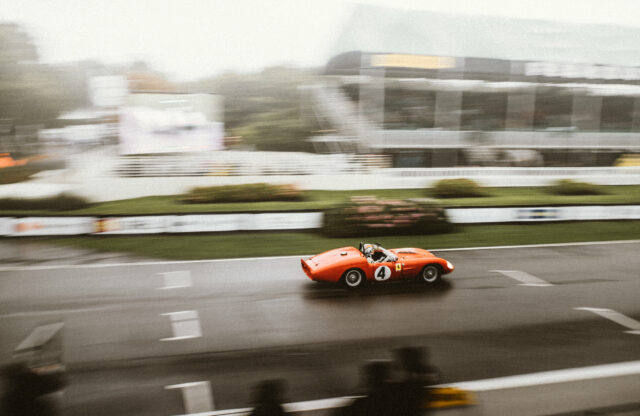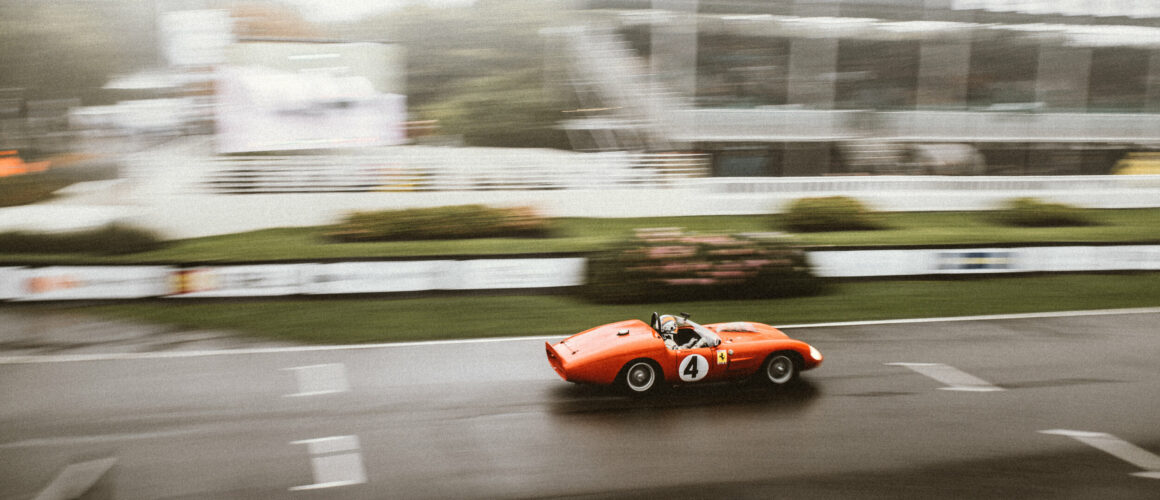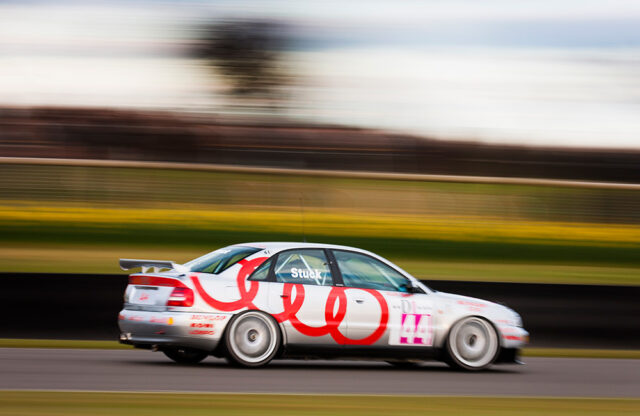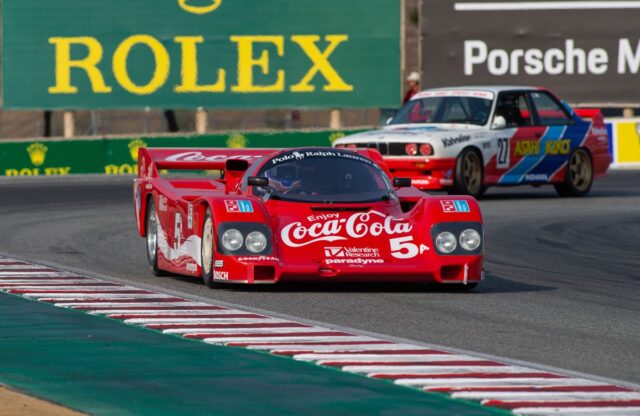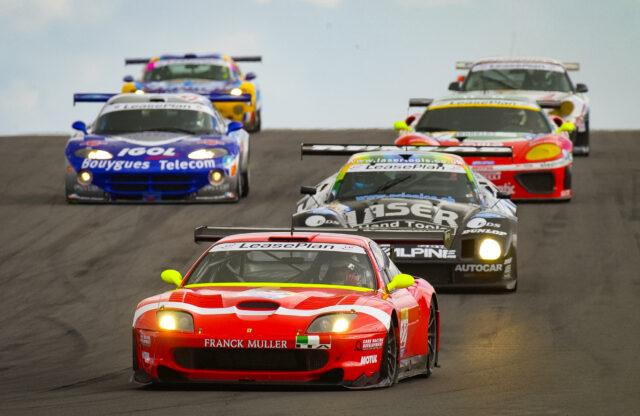WORDS: SAM HANCOCK | PHOTOS: WIKIMEDIA COMMONS, AUTHOR
Smack! Having been minding his own business, accelerating up through the gears and following his normal racing line, the sudden arrival of an approaching prototype on my GT-driving co-pilot is announced by an audible wallop.
This article first appeared in Magneto issue 19.
Those of us gathered around the laptop after the incident gasp as the onboard video relays a disorientating blur of track, bodywork and barrier, culminating in a final thwack! Post carnage, the film keeps rolling as our bewildered colleague shakes his head.
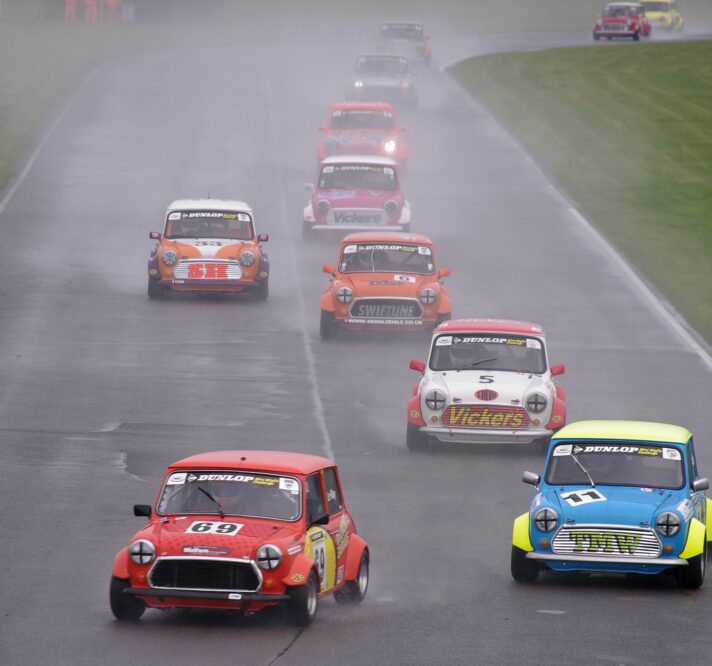
The FIA’s guidance awards right of passage to the attacking driver, even if their front wheels have yet to align with the rears of the car ahead
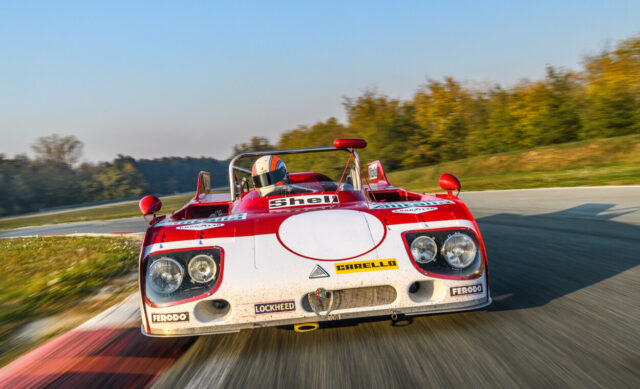
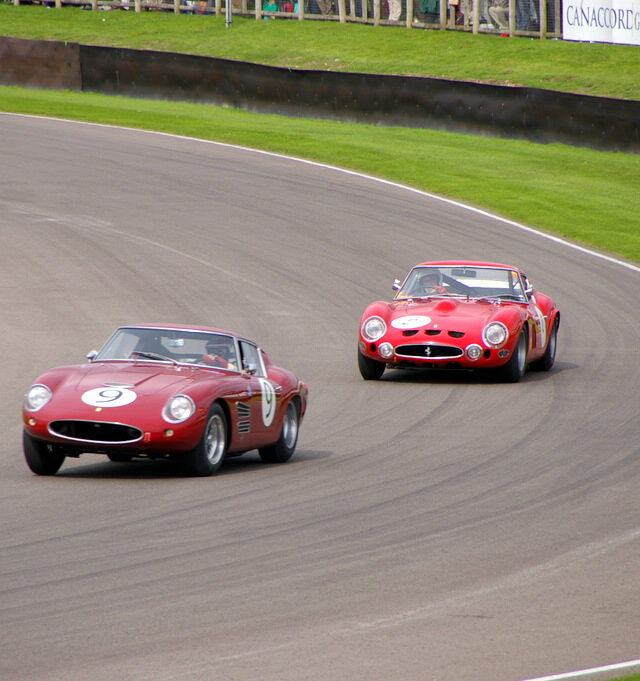
With at least half the circuit width available on the left of our car, why, he wonders, did our assailant choose to pass on the right – especially as the normal racing line closes that partially open door just a few yards later?
For those of you who know Spa-Francorchamps, the point of contact was through the easy right kink after the Stavelot exit, on the run towards Blanchimont. I knew why the driver didn’t choose the left lane; with the momentum he carried out of Stavelot, compared with that of our slower car, he’d have had to momentarily lift and wait for the gap on the left to open up as the natural line guided our car to the right. Easier to keep the right foot pinned, jink right, and hope to scythe through before the envelope closes. An easily made yet ill-fated decision.
Not captured by the GoPro was the subsequent exchange between the two drivers once they had retreated behind the safety of the Armco:
“Why didn’t you give me more space? You just turned in on me!” said the driver of the prototype.
“You’re kidding! I was minding my own business, when you came out of nowhere and turned me around into the wall. You’ve destroyed my car!”

Thus ensued a stalemate of conflicting opinion that, despite much video evidence, even the race stewards had trouble disseminating in the investigation that followed.
It turns out that officials’ hands can sometimes be inadvertently tied by well meaning directives from the FIA sporting code – which, although probably designed to adjudicate heavy-weight exchanges between the ‘Maxes and Lewises’ of our sport, apply even to a humble Historic meeting if run under FIA jurisdiction.
According to the diagrams I was shown, the FIA’s guidance awards right of passage to the attacking driver, even if their front wheels have yet to align with the rears of the car ahead. While I appreciate the intent is to encourage drivers to give ‘racing room’, I find this guidance somewhat simplistic considering the ease with which one can simply brake a little later (or indeed barely at all, à la Senna on Prost at Suzuka in 1990) and cry “foul” if swiped by the car ahead.
In our case, the fact that the point of impact between the two cars was a meeting of our right rear corner with the prototype’s front left meant that, as per guidance, racing room should have been provided by my co-driver – and that fault therefore lay equally with both competitors.
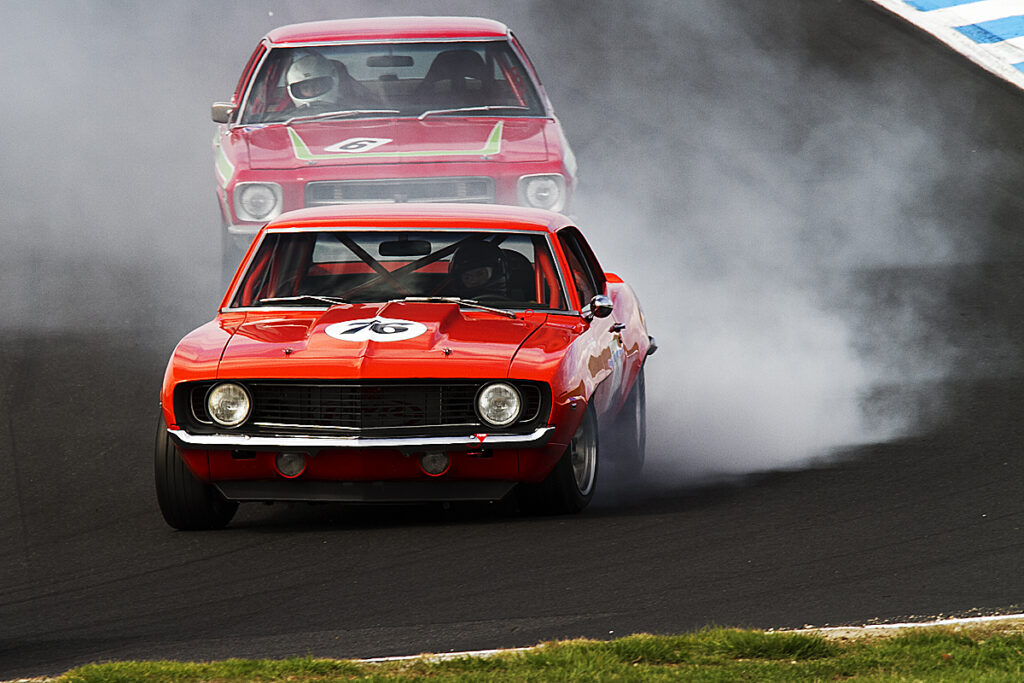
I found this bizarre. I have always felt that, particularly in the amateur environment of Historic racing, you should assume no entitlement to an apex until your front axle is level with that of the other car, by which point you are at least visible to your rival rather than lurking in their blind spot.
It seems, however, that the onus of the FIA’s guidance is placed on the defending car to accommodate what might be an overly exuberant attacker, instead of giving the latter pause for thought before ‘sending it’. Suddenly Verstappen’s trademark lunges make total sense – the rules require his rivals to make room.
Fortunately, in Historics, an oft-repeated decree from organisers is that drivers of faster cars are entirely responsible for passing slower ones safely. Despite having on occasion found myself on the wrong side of this diktat, I have of course come to accept it as immutable – and consumed my fair share of humble pie in the process.
The fact is, if you have more pace/experience/power/performance, you have options that a backmarker may not. Of course, you might not appreciate your progress being interrupted, or your foot being forced to lift briefly from the accelerator, but you do unquestionably have an ability to pass safely if you are sufficiently patient.
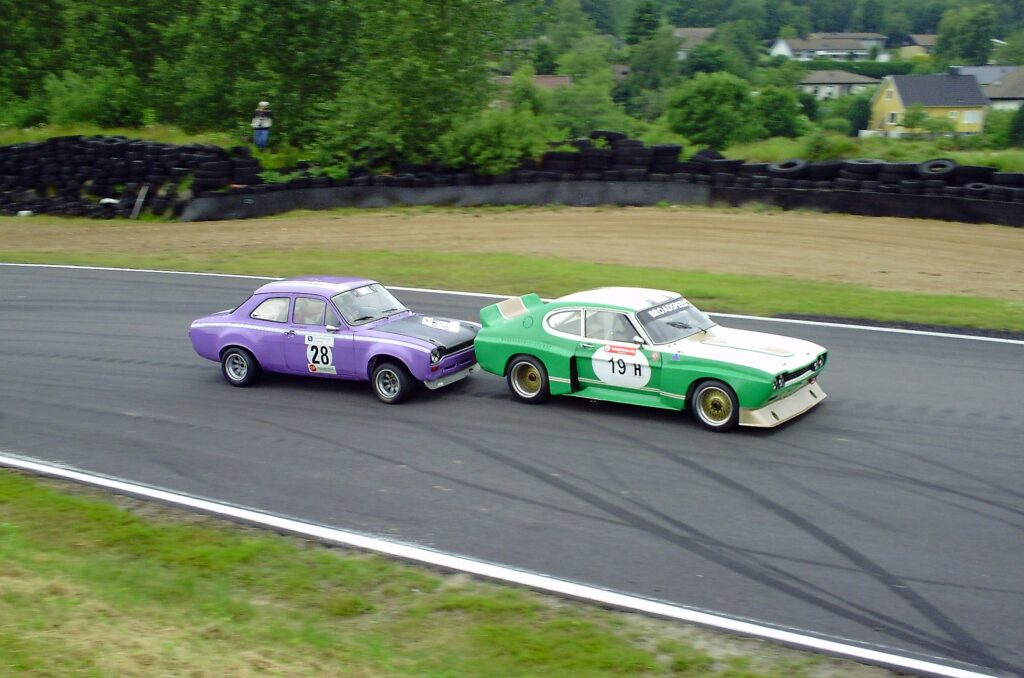
In the aforementioned conflict, the driver of the pursuing prototype was emphatically not patient. By refusing to compromise his momentum, he steered with hope toward a narrowing gap in a move that required assistance from the other driver to complete. In many ways, I don’t blame him. These decisions are taken on instinct in the heat of the moment, and I certainly have been guilty of similar impetuosity over the years.
But we live and learn – and as I saw my disheartened co-driver’s desire to return with his beautiful cars to future events waver in the aftermath of the accident, I was reminded just how little Historic motor racing can afford to tolerate vehicle contact.
With stewards unable to attribute blame or retribution, I was pleased therefore to see the organisers themselves take decisive action, sending a clear message about driving standards expected of us all on track.
Sam is a professional racing driver, coach and dealer in significant competition cars. See www.samhancock.com.
